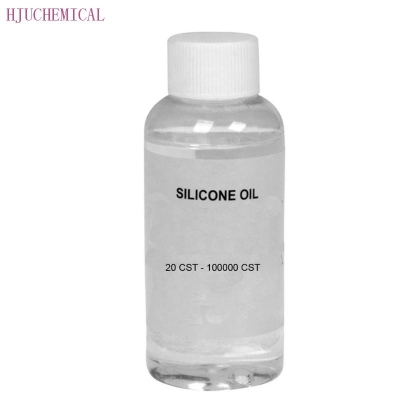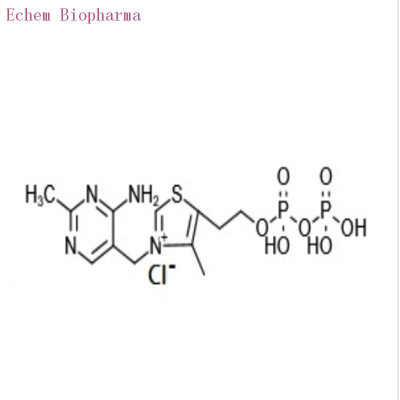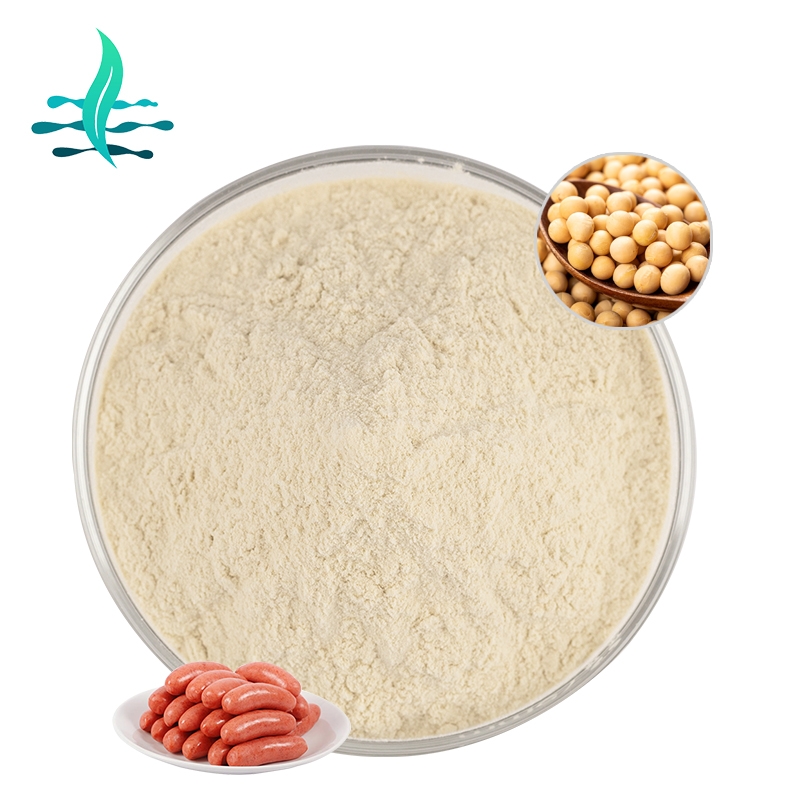-
Categories
-
Pharmaceutical Intermediates
-
Active Pharmaceutical Ingredients
-
Food Additives
- Industrial Coatings
- Agrochemicals
- Dyes and Pigments
- Surfactant
- Flavors and Fragrances
- Chemical Reagents
- Catalyst and Auxiliary
- Natural Products
- Inorganic Chemistry
-
Organic Chemistry
-
Biochemical Engineering
- Analytical Chemistry
- Cosmetic Ingredient
-
Pharmaceutical Intermediates
Promotion
ECHEMI Mall
Wholesale
Weekly Price
Exhibition
News
-
Trade Service
Food Partners Reuters July 22, 2021, Australia New Zealand Food Standards Authority on the A1190 application 2'-fucosyl lactose in (2'-fucosyllactose, 2'-FL ) infant formula use the public for comments and other products This is the second time the Food Standards Agency of Australia and New Zealand has evaluated the application of 2'-FL substances
.
.
As early as March this year, the Australia New Zealand Food Standards Agency has approved the A1155 application, allowing 2'-O-fucosyllactose (2'-FL) and lactic acid-N-neotetraose (LNnT) to be used in infant formula and young children Used in formula supplement foods
.
.
1.
A1190 application content
A1190 application content
This application was filed by Hansen.
The application allows the use of 2'-fucosyllactose produced by microbial fermentation of genetically modified Escherichia coli (E.
coli BL21) strains to be used in infant formula products (including infant formula and follow-up formula) Food, infant formula for special medical purposes) and formula supplement food for infants
.
The application allows the use of 2'-fucosyllactose produced by microbial fermentation of genetically modified Escherichia coli (E.
coli BL21) strains to be used in infant formula products (including infant formula and follow-up formula) Food, infant formula for special medical purposes) and formula supplement food for infants
.
The 2'-FL in this application is the same as the 2'-FL in breast milk in terms of structure and chemical properties, but due to the different sources and specifications of the 2'-FL in the previously approved A1155, the pre-market assessment needs to be repeated.
And get an exclusive authorization period of 15 months
.
And get an exclusive authorization period of 15 months
.
The expected use level of 2'-FL for A1190 application is 2g/L, and the product is sold in powder or liquid form
.
Same as A1155, the 2'-FL applied for this time is also obtained by genetically modified technology.
If approved, Schedule 26 will be revised in accordance with the requirements of Australia and New Zealand Food Standards Code Standard 1.
5.
2
.
At the same time, 2'-FL is used as a nutrient substance, and Schedule 29-5 will be revised according to the requirements of Standard 2.
9.
1, clearly allowing the form and stipulating the maximum usage per kJ
.
In addition, if this application is approved, Standard 2.
9.
1 will allow 2'-FL to be used alone or in combination with LNnT
.
.
Same as A1155, the 2'-FL applied for this time is also obtained by genetically modified technology.
If approved, Schedule 26 will be revised in accordance with the requirements of Australia and New Zealand Food Standards Code Standard 1.
5.
2
.
At the same time, 2'-FL is used as a nutrient substance, and Schedule 29-5 will be revised according to the requirements of Standard 2.
9.
1, clearly allowing the form and stipulating the maximum usage per kJ
.
In addition, if this application is approved, Standard 2.
9.
1 will allow 2'-FL to be used alone or in combination with LNnT
.
2.
Australia and New Zealand Food Standards Agency review results
Australia and New Zealand Food Standards Agency review results
The Australia and New Zealand Food Standards Agency assessed that the 2'-FL produced by microbial fermentation at a maximum allowable amount of 2.
4 g/L added to infant formula and infant formula supplements has no safety impact
.
However, because people over 12 months of age can get enough nutrition from their regular diet, formula supplements for infants are not essential products.
Food Standards Australia and New Zealand only supports applications to be added to infant formula at a maximum usage amount of 2g/L
.
4 g/L added to infant formula and infant formula supplements has no safety impact
.
However, because people over 12 months of age can get enough nutrition from their regular diet, formula supplements for infants are not essential products.
Food Standards Australia and New Zealand only supports applications to be added to infant formula at a maximum usage amount of 2g/L
.
3.
Internationally apply the current regulations of 2'-FL in infant formula
Internationally apply the current regulations of 2'-FL in infant formula
At present, 2'-FL is allowed to be used in infant formula in at least 37 countries.
The following table lists the limit requirements for infant formula in some countries:
The following table lists the limit requirements for infant formula in some countries:
summary
The ANZ Food Standards Agency collects opinions and conducts approval and decision-making to form a final review report, and then submits the report to the ANZ Food Regulatory Ministerial Forum, which will be further discussed by the Ministerial Forum
.
After the review report has been reviewed and approved by the Ministerial Forum, it will finally be published in the Gazette to approve and amend the Australia and New Zealand Food Standards Code
.
.
After the review report has been reviewed and approved by the Ministerial Forum, it will finally be published in the Gazette to approve and amend the Australia and New Zealand Food Standards Code
.
Food Partner Network will continue to monitor the progress of A1190 approval and announce the latest news to everyone in a timely manner
.
.
This article is an original article by the Food Safety Compliance Division of FoodPartner.
com, please contact us for reprinting
.
The Food Safety Compliance Division provides domestic and foreign food standards and regulations management and consulting, food safety information monitoring and analysis and early warning, product registration and filing services, label review and compliance consulting, conference training services, etc.
, for detailed inquiries: 0535-2129301, email : Vip@foodmate.
net
.







